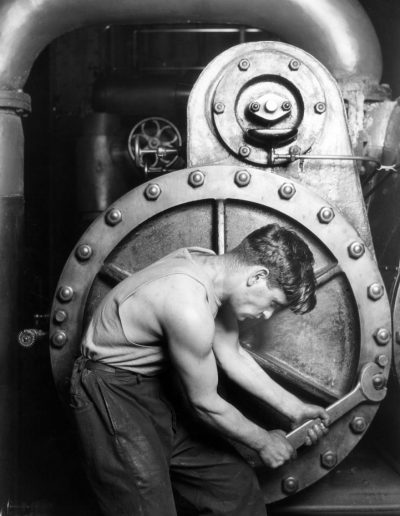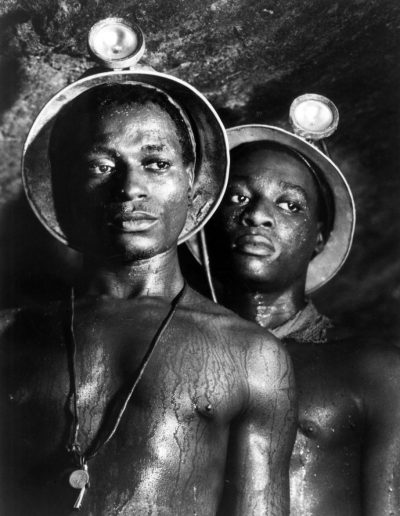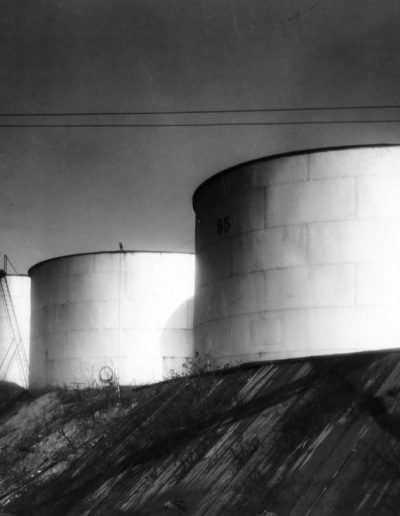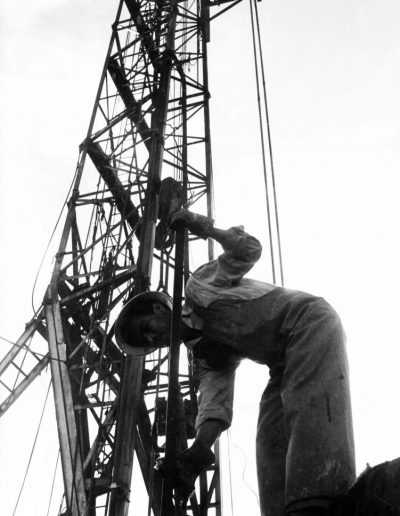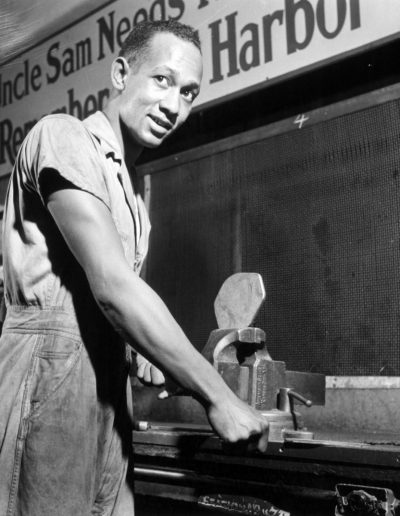Work, Industry & Design Exhibit
June 17th – October 23rd, 2021
Work, Industry & Design Exhibit
Complete with the artists’ works, and stock numbers when referencing for purchase.
There are forty-four images in the exhibit, all of them gelatin silver prints and all in black-and-white. Photographers whose work is shown include: Tina Modotti, Manuel Álvarez Bravo, Lola Álvarez Bravo, Leo Matiz, Héctor García, Lewis Hine, Edward Weston, Graciela Iturbide, and Margaret Bourke White. All of the photographers shown were progressive for their time, willing to see beauty in industry, often through an attraction to novel forms.
Labor, too, is celebrated. Images included in the show by Lola Álvarez Bravo show men shoveling, sewing, and soldering. Workers of all kinds abound in the exhibit, and are given a solemn dignity. One of the highlights in the exhibit is an image by Edward Weston from 1922: Amco Steel, Ohio. The photograph is one of the earliest works by Weston showing his movement into modernism and his embrace of the twentieth century. The earliest work in the exhibit is also notable: an image from 1906 by Lewis Hine, Spinner. It is a haunting work, and is artistically prescient.
The eight photographs in the exhibit by the pioneer photographer, Margaret Bourke-White, are illustrative of the ability to see beauty in industry. In one memorable photograph she finds beauty in the silhouettes of five oil tanks. There is also a celebration of the form of the dirigible for Goodyear Rubber, and even of a chemical laboratory kettle. Bourke-White notably had a successful career as an industrial photographer. Bourke-White held numerous “firsts”: she was the first foreign photographer allowed to take pictures of Soviet industry, she was the first female staff photographer for LIFE (magazine), and she was the first woman allowed to work in combat zones in World War II. She is remembered today, above all, for embracing industry, finding it a worthy subject for photography. At a time when we need to get back to work, to “build back better,” Bourke-White and other photographers of her generation are an inspiration.

